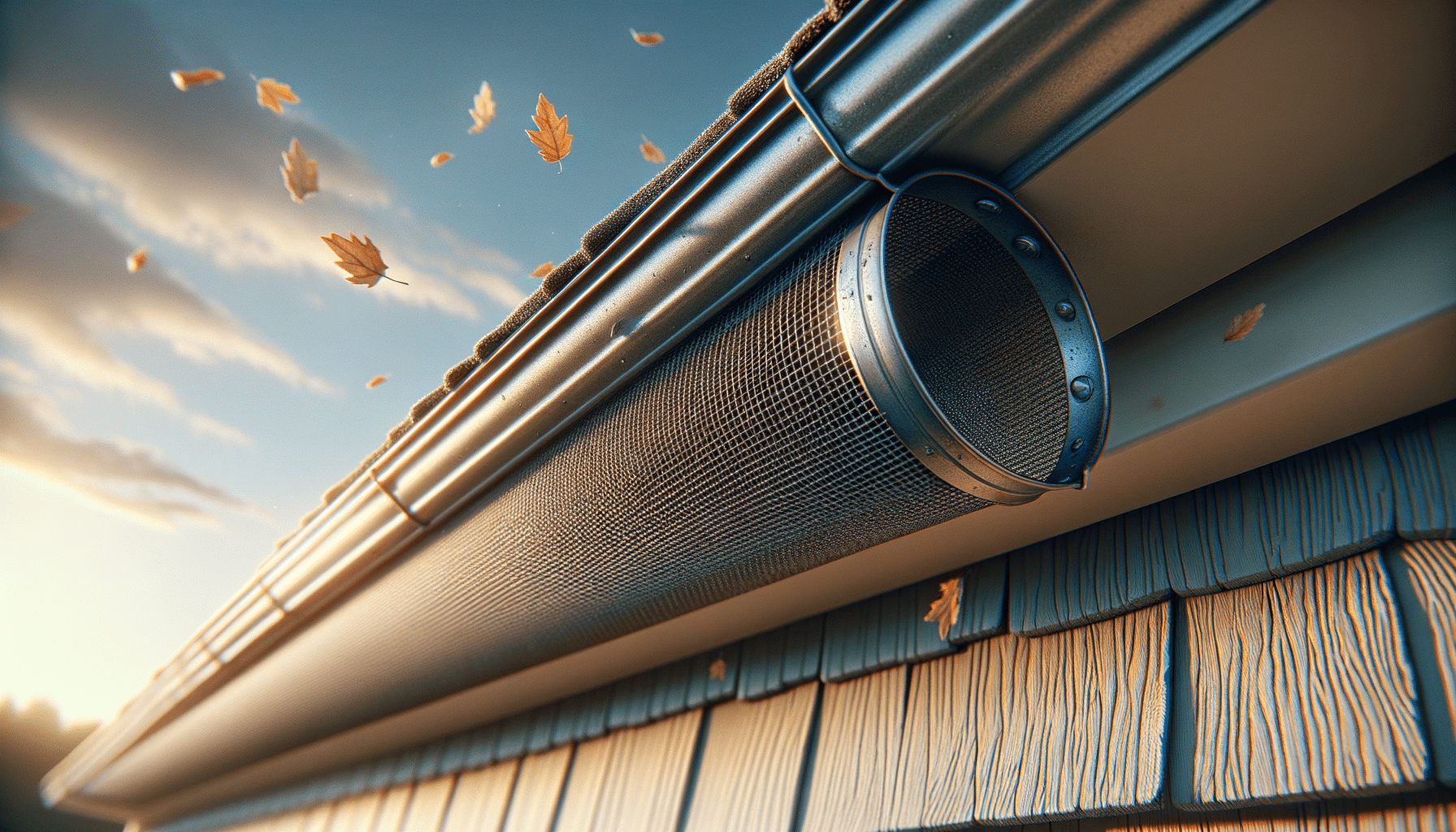
Benefits and Techniques of Gutter Guard Installation
Introduction to Gutter Protection and Its Importance
Gutter protection is an essential aspect of home maintenance that often goes unnoticed until a problem arises. Gutter guards are designed to prevent debris such as leaves, twigs, and other organic matter from clogging the gutters, ensuring that rainwater flows freely. Without effective gutter protection, homeowners may face issues like water overflow, which can lead to foundation damage, roof leaks, and landscape erosion. These problems not only compromise the structural integrity of a home but also incur costly repairs. Investing in gutter protection is not just a preventive measure; it is a crucial step in safeguarding your home’s longevity.
How Gutter Guards Enhance Rainwater Management
Rainwater management is a critical component of preserving the health of a home’s exterior and surrounding landscape. Gutter guards play a significant role in this process by ensuring that water is efficiently directed away from the home. By preventing clogs, gutter guards help maintain the natural flow of rainwater, reducing the risk of water pooling around the foundation, which can lead to basement flooding and structural damage. Additionally, effective rainwater management through gutter protection contributes to water conservation efforts. By directing rainwater into barrels or drainage systems, homeowners can repurpose this resource for gardening and other outdoor activities, promoting sustainability.
Various Types of Gutter Guards and Their Advantages
There are several types of gutter guards available, each offering unique benefits. Mesh gutter guards are among the most popular, featuring a fine mesh that blocks debris while allowing water to pass through. Reverse curve gutter guards, on the other hand, direct water into the gutter via a curved design, pushing debris away. Foam and brush gutter guards offer easy installation and cost-effectiveness, making them a practical choice for many homeowners. The selection of the appropriate type depends on factors such as local climate, the type of debris commonly encountered, and budget considerations. Understanding these options can help homeowners make informed decisions that best suit their specific needs.
Steps for Installing Gutter Guards
Installing gutter guards is a task that many homeowners can undertake with the right tools and guidance. The process begins with cleaning the gutters to remove any existing debris. Once the gutters are clean, the next step is to measure and cut the gutter guards to fit the gutter’s length. Installation varies based on the type of gutter guard. For instance, mesh and foam guards can often be placed directly into the gutter, while reverse curve guards may require additional securing. It’s important to follow the manufacturer’s instructions carefully to ensure proper installation. Regular maintenance checks are also recommended to ensure the guards remain effective over time.
Conclusion: Ensuring Effective Home Maintenance
Gutter protection is a vital element of comprehensive home maintenance. By preventing clogs and ensuring efficient rainwater management, gutter guards protect against potential damage and promote the longevity of a home. As homeowners consider their options, understanding the types of gutter guards, their installation, and their benefits can help in making informed decisions that align with both practical needs and environmental considerations. Investing in high-quality gutter protection is a proactive step in maintaining a safe, efficient, and sustainable home environment.


